Home>Gardening & Outdoor>Landscaping Ideas>Why Aerate Grass
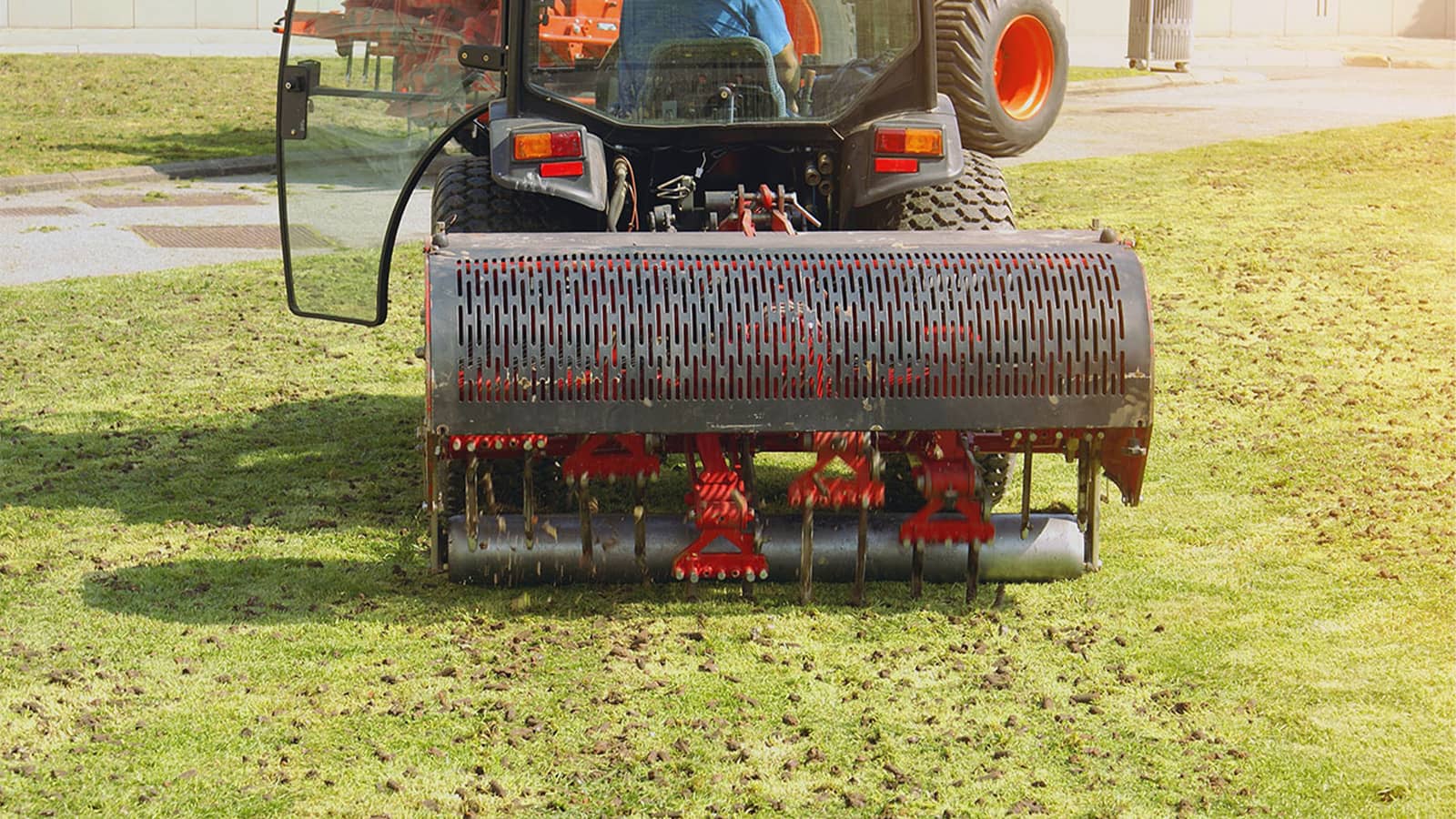

Landscaping Ideas
Why Aerate Grass
Modified: October 19, 2024
Learn why aerating grass is essential for a healthy lawn and discover effective landscaping ideas to improve your yard's appearance. Unlock the secrets to lush, green grass today!
(Many of the links in this article redirect to a specific reviewed product. Your purchase of these products through affiliate links helps to generate commission for Storables.com, at no extra cost. Learn more)
Introduction
Read more: Why Is Aerating Turf Grass Important
Introduction
Welcome to the world of landscaping, where the beauty of nature meets the artistry of design. Landscaping is not just about planting flowers and trimming hedges; it’s about creating a harmonious outdoor environment that reflects the beauty of nature while providing a functional and aesthetically pleasing space for relaxation and enjoyment. One crucial aspect of maintaining a healthy and vibrant lawn is aeration. In this article, we will delve into the world of aeration, exploring its significance, benefits, and the best practices for achieving a lush and thriving lawn.
Whether you’re a seasoned landscaping enthusiast or a novice gardener, understanding the importance of aeration is essential for nurturing a lawn that exudes vitality and resilience. Let’s embark on a journey to uncover the secrets of aeration and discover how this simple yet powerful technique can transform your lawn into a verdant oasis.
Key Takeaways:
- Aeration is like giving your lawn a breath of fresh air. It helps the grass grow strong roots, absorb nutrients, and stay healthy by creating channels in the soil.
- Timing is crucial for aeration. Aerating your lawn at the right time, when the soil is moist and the grass is growing, can make a big difference in promoting a lush and resilient lawn.
What is Aeration?
Before we delve into the intricacies of aeration, let’s unravel the mystery behind this fundamental lawn care practice. Aeration, in the realm of landscaping, refers to the process of perforating the soil with small holes to alleviate compaction and facilitate the efficient exchange of air, water, and nutrients within the root zone of the grass. Over time, the soil beneath our lawns can become compacted due to various factors such as foot traffic, heavy machinery, or natural settling. This compaction restricts the flow of essential elements to the grassroots, hindering their growth and overall health.
Aeration serves as a remedy for compacted soil, allowing the grassroots to breathe and absorb vital nutrients, water, and oxygen more effectively. By creating channels within the soil, aeration promotes robust root development, enhances microbial activity, and fosters a conducive environment for the flourishing of your lawn.
There are two primary methods of aeration: core aeration and spike aeration. Core aeration involves extracting small plugs or cores of soil from the ground, whereas spike aeration utilizes solid tines or spikes to puncture the soil. Both methods aim to alleviate soil compaction and revitalize the grassroots, albeit with differing mechanisms.
Understanding the significance of aeration is pivotal in nurturing a resilient and lush lawn. By embracing this foundational practice, you can unlock the full potential of your lawn, fostering a verdant expanse that beckons admiration and tranquility.
Benefits of Aeration
Embarking on the journey of aeration yields a plethora of benefits that are bound to elevate the health and vibrancy of your lawn. Let’s explore the remarkable advantages that this fundamental practice bestows upon your outdoor sanctuary:
- Enhanced Soil Aeration: As the name suggests, aeration significantly improves the aeration of the soil, allowing for better circulation of air, water, and nutrients within the root zone. This fosters a conducive environment for robust root development, essential for the overall health and resilience of the grass.
- Alleviation of Soil Compaction: Compacted soil can impede the growth of grassroots and hinder the absorption of vital elements. Aeration effectively mitigates soil compaction, promoting healthier grassroots and facilitating the efficient uptake of nutrients and water.
- Promotion of Thatch Breakdown: Thatch, a layer of dead grass and organic debris, can accumulate on the soil surface, impeding the penetration of water and nutrients. Aeration aids in the breakdown of thatch, enhancing the decomposition process and preventing its buildup.
- Stimulation of Root Growth: By creating channels within the soil, aeration stimulates root growth and proliferation, fostering a robust and extensive root system. This, in turn, enhances the grass’s ability to withstand environmental stressors and promotes a lush, resilient lawn.
- Enhanced Nutrient Uptake: Improved soil aeration and reduced compaction facilitate the efficient uptake of essential nutrients by the grassroots, ensuring optimal nourishment and promoting vigorous growth and vitality.
- Improved Water Infiltration: Aeration enhances water infiltration, preventing surface runoff and promoting deeper penetration of water into the soil. This aids in maintaining optimal soil moisture levels, crucial for the health and vigor of the lawn.
These compelling benefits underscore the profound impact of aeration on the overall well-being and beauty of your lawn. By embracing this essential practice, you pave the way for a verdant expanse that exudes vitality and allure, enriching your outdoor space with natural splendor and charm.
When to Aerate
Timing plays a pivotal role in ensuring the efficacy of aeration and maximizing its benefits for your lawn. The ideal timing for aeration is influenced by various factors, including the type of grass, climate, and soil conditions. Understanding the opportune moments to engage in aeration is crucial for nurturing a thriving and resilient lawn. Here are some key considerations for determining the optimal time to aerate your lawn:
- Grass Type: Cool-season grasses, such as Kentucky bluegrass and fescue, thrive when aerated during the early fall or spring. On the other hand, warm-season grasses, including Bermuda grass and zoysia grass, benefit from aeration during late spring or early summer.
- Soil Moisture: Aeration is most effective when the soil is moderately moist. Avoid aerating extremely dry or waterlogged soil, as it can diminish the efficacy of the process and potentially harm the grassroots.
- Growth Phase: It is advisable to aerate when the grass is in its peak growth phase. This allows the grassroots to recover swiftly and capitalize on the favorable conditions for robust regrowth and rejuvenation.
- Climate: Consider the prevailing climate in your region when scheduling aeration. Aim to aerate when the weather is mild and conducive to grass growth, providing an optimal environment for the grassroots to rebound after the aeration process.
- Prior to Overseeding: If you plan to overseed your lawn, performing aeration beforehand can create an ideal seedbed and enhance the germination and establishment of new grass seeds.
By aligning the aeration schedule with these considerations, you can maximize the effectiveness of this vital practice and set the stage for a lush, resilient lawn that captivates with its verdant splendor. Timing your aeration endeavors with precision empowers you to nurture a lawn that flourishes in harmony with nature’s rhythms, enriching your outdoor space with enduring beauty and vitality.
Aerating grass helps improve air, water, and nutrient flow to the roots, promoting healthier and stronger grass growth. It also reduces soil compaction, allowing roots to penetrate deeper.
Read more: What Is Aeration In Lawn Care
How to Aerate
Mastering the art of aeration involves meticulous planning and precise execution to ensure optimal results for your lawn. Here’s a comprehensive guide on how to aerate your lawn effectively, nurturing a verdant expanse that exudes vitality and resilience:
- Evaluate Soil Moisture: Before commencing the aeration process, assess the moisture level of the soil. The soil should be moderately moist, facilitating easier penetration and extraction of soil cores or spikes.
- Select the Aeration Equipment: Choose the appropriate aeration equipment based on the size of your lawn and the severity of soil compaction. A core aerator, equipped with hollow tines to extract soil cores, is ideal for addressing compacted soil effectively.
- Mark Irrigation Lines and Obstacles: Identify and mark the location of irrigation lines, underground utilities, and any obstacles to avoid damaging them during aeration. Exercise caution and precision to safeguard the integrity of your lawn’s infrastructure.
- Mow the Lawn: Trim the grass to a moderate height before aeration to facilitate unhindered access to the soil and ensure the aeration equipment can penetrate the ground effectively.
- Execute the Aeration Process: Maneuver the aerator across the lawn in a systematic pattern, covering the entire area to ensure uniform aeration. Overlap each pass slightly to guarantee comprehensive soil penetration and aeration.
- Collect Soil Cores: If using a core aerator, allow the extracted soil cores to remain on the lawn’s surface. These cores will break down over time, contributing to the natural decomposition process and enriching the soil with organic matter.
- Post-Aeration Care: After completing the aeration process, consider overseeding the lawn to promote denser grass growth and address any bare or thin areas. Additionally, ensure adequate irrigation to facilitate the recovery and rejuvenation of the grassroots.
By following these steps with diligence and care, you can execute the aeration process with precision, nurturing a resilient and thriving lawn that beckons with its lush greenery and enduring beauty. Embrace the art of aeration as a transformative practice that elevates the vitality and allure of your outdoor sanctuary, enriching your landscape with nature’s bountiful charm.
Conclusion
As we conclude our exploration of aeration, it becomes evident that this fundamental practice is a cornerstone of nurturing a vibrant and resilient lawn. The art of aeration transcends mere soil perforation; it embodies a harmonious synergy between nature and meticulous care, fostering an outdoor sanctuary that captivates with its lush greenery and enduring allure.
By embracing aeration, you embark on a transformative journey that revitalizes the grassroots, promotes robust root development, and fosters a thriving ecosystem within your lawn. The benefits of aeration extend far beyond enhanced soil aeration and alleviation of compaction; they encompass the creation of a verdant expanse that beckons with its vitality and natural splendor.
Timing and precision are paramount in the realm of aeration, guiding you to orchestrate this vital practice in harmony with nature’s rhythms and your lawn’s unique needs. By adhering to the optimal timing for aeration and executing the process with care and diligence, you bestow upon your lawn the gift of resilience, vitality, and enduring beauty.
As you tread the path of aeration, envision the profound impact of your efforts as the grassroots flourish, the soil breathes, and your lawn blossoms into a verdant oasis. Embrace the art of aeration as a testament to your dedication to nurturing a landscape that embodies the timeless allure of nature, enriching your outdoor space with the splendor of verdant vitality.
With each meticulously perforated soil core, you sow the seeds of a resilient and vibrant lawn, cultivating an outdoor haven that invites moments of tranquility and admiration. Embrace aeration as a testament to your commitment to fostering a landscape that thrives in harmony with nature, enriching your outdoor sanctuary with enduring beauty and vitality.
May your journey with aeration be a testament to the transformative power of caring for the land, nurturing a landscape that flourishes in harmony with the rhythms of nature, and enriching your outdoor space with the timeless allure of verdant vitality.
Frequently Asked Questions about Why Aerate Grass
Was this page helpful?
At Storables.com, we guarantee accurate and reliable information. Our content, validated by Expert Board Contributors, is crafted following stringent Editorial Policies. We're committed to providing you with well-researched, expert-backed insights for all your informational needs.
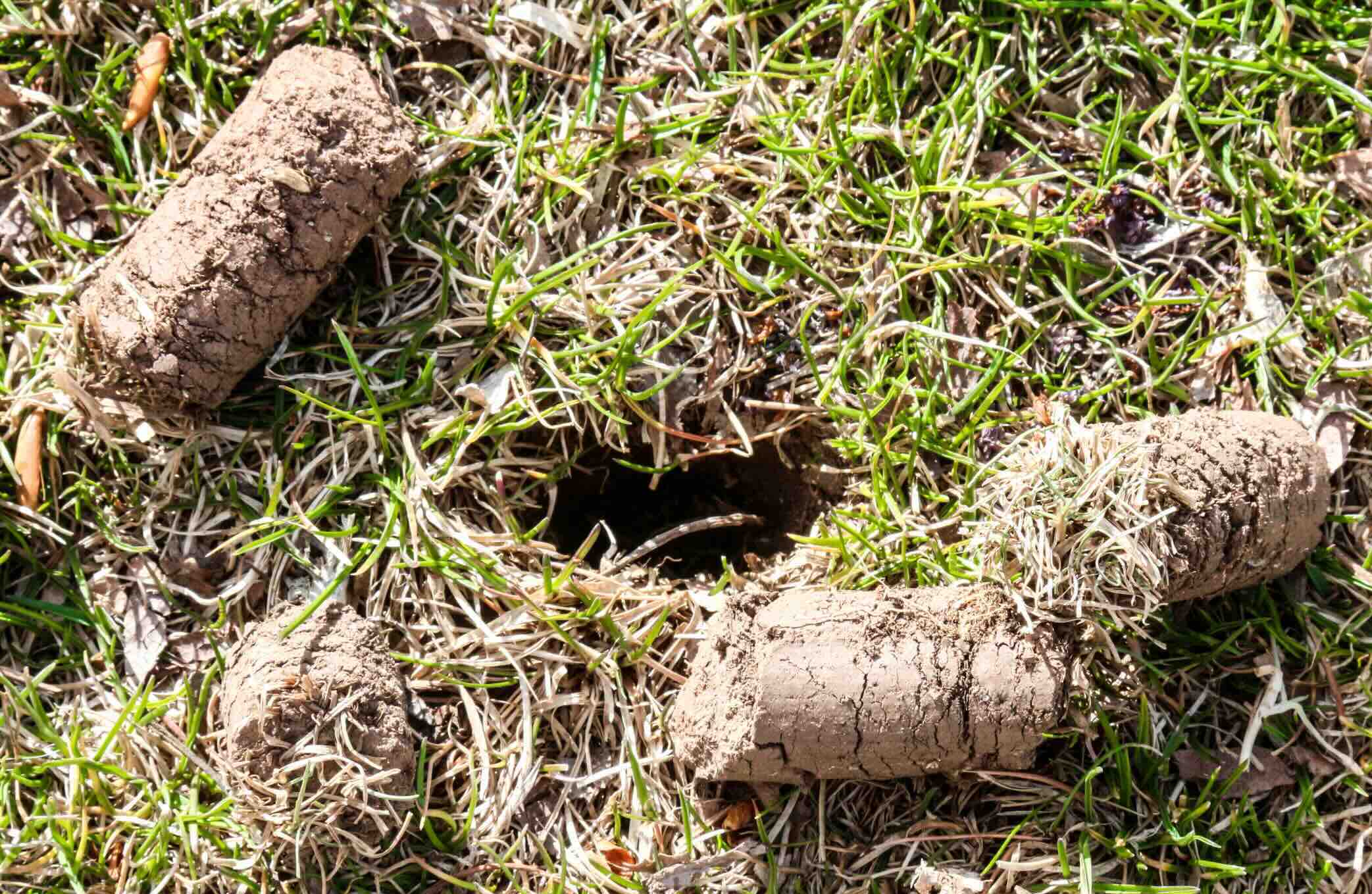
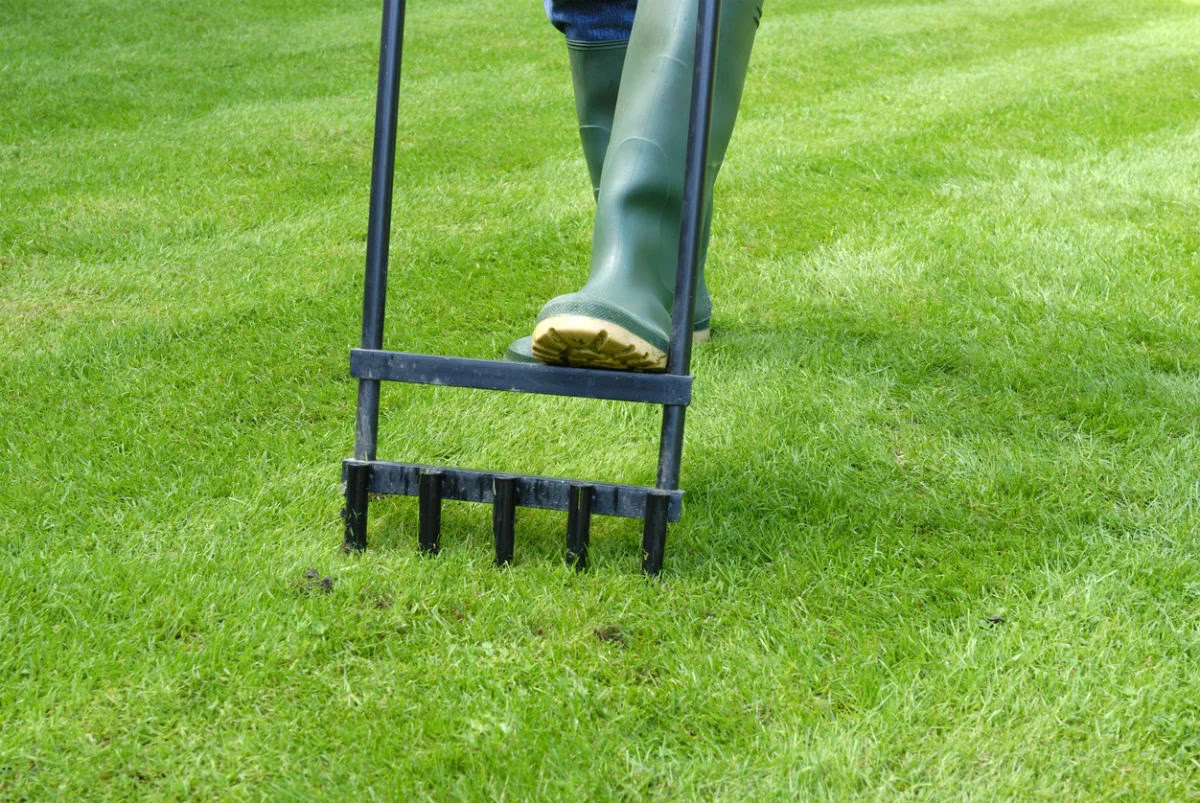

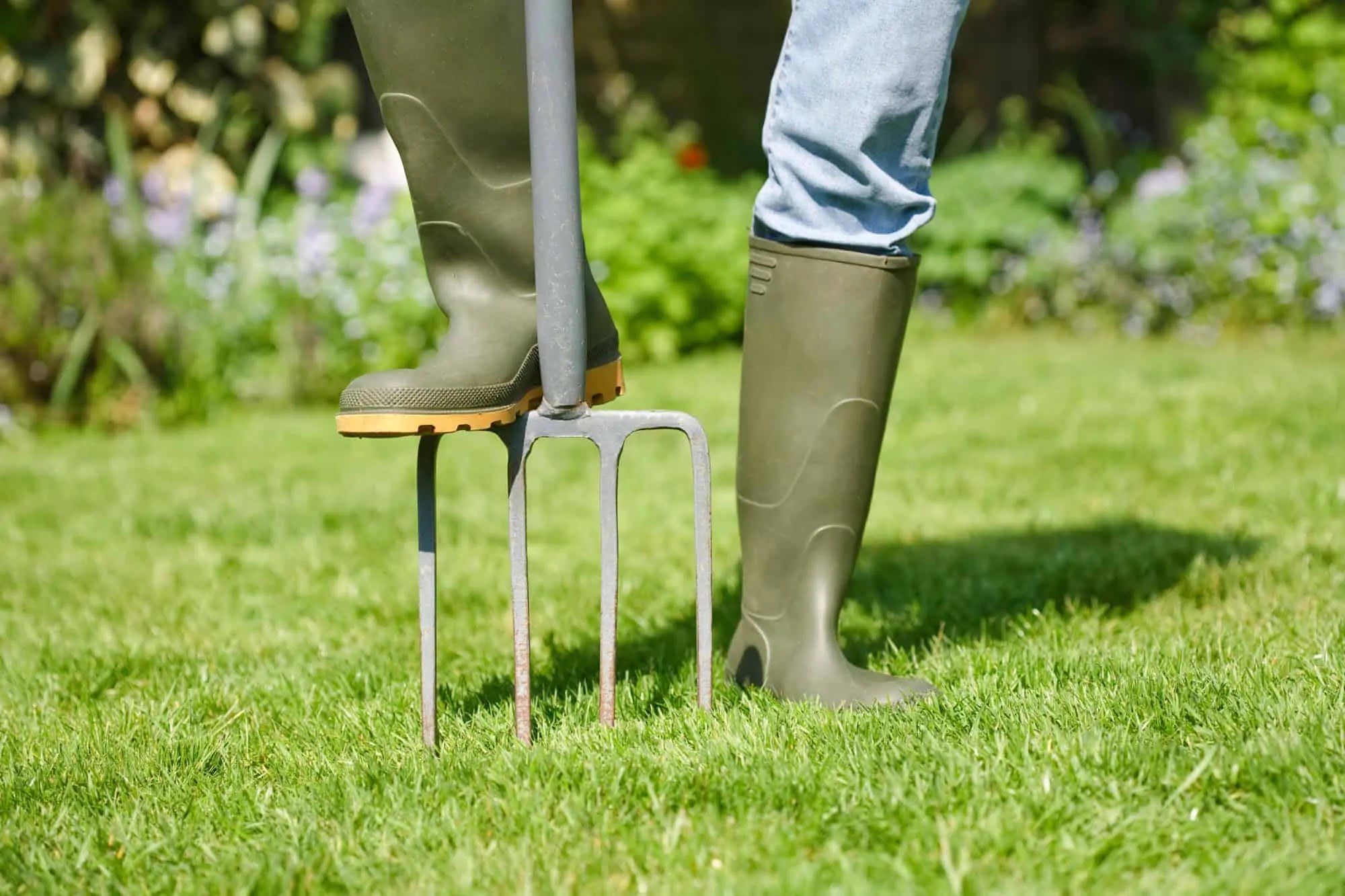

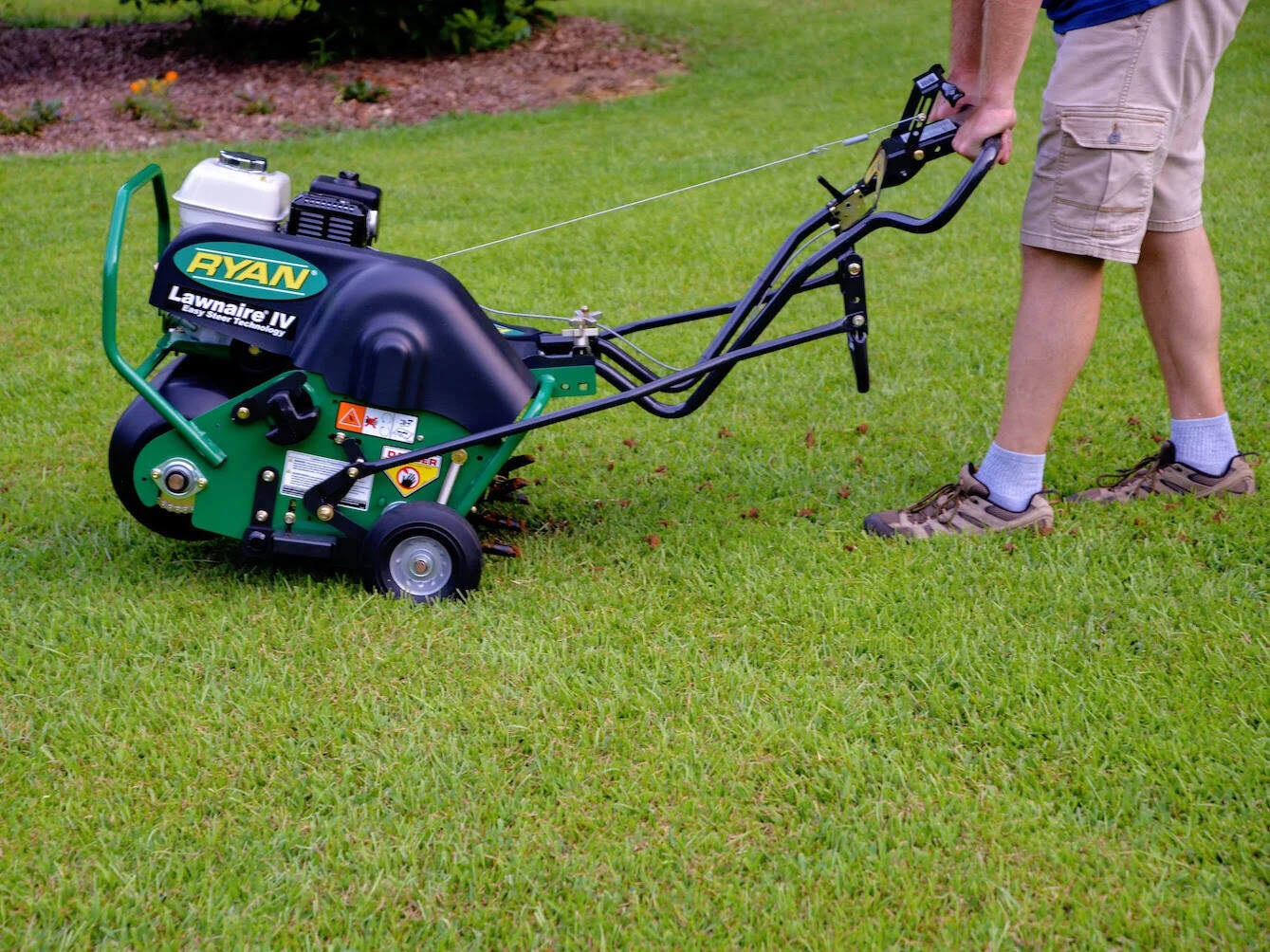
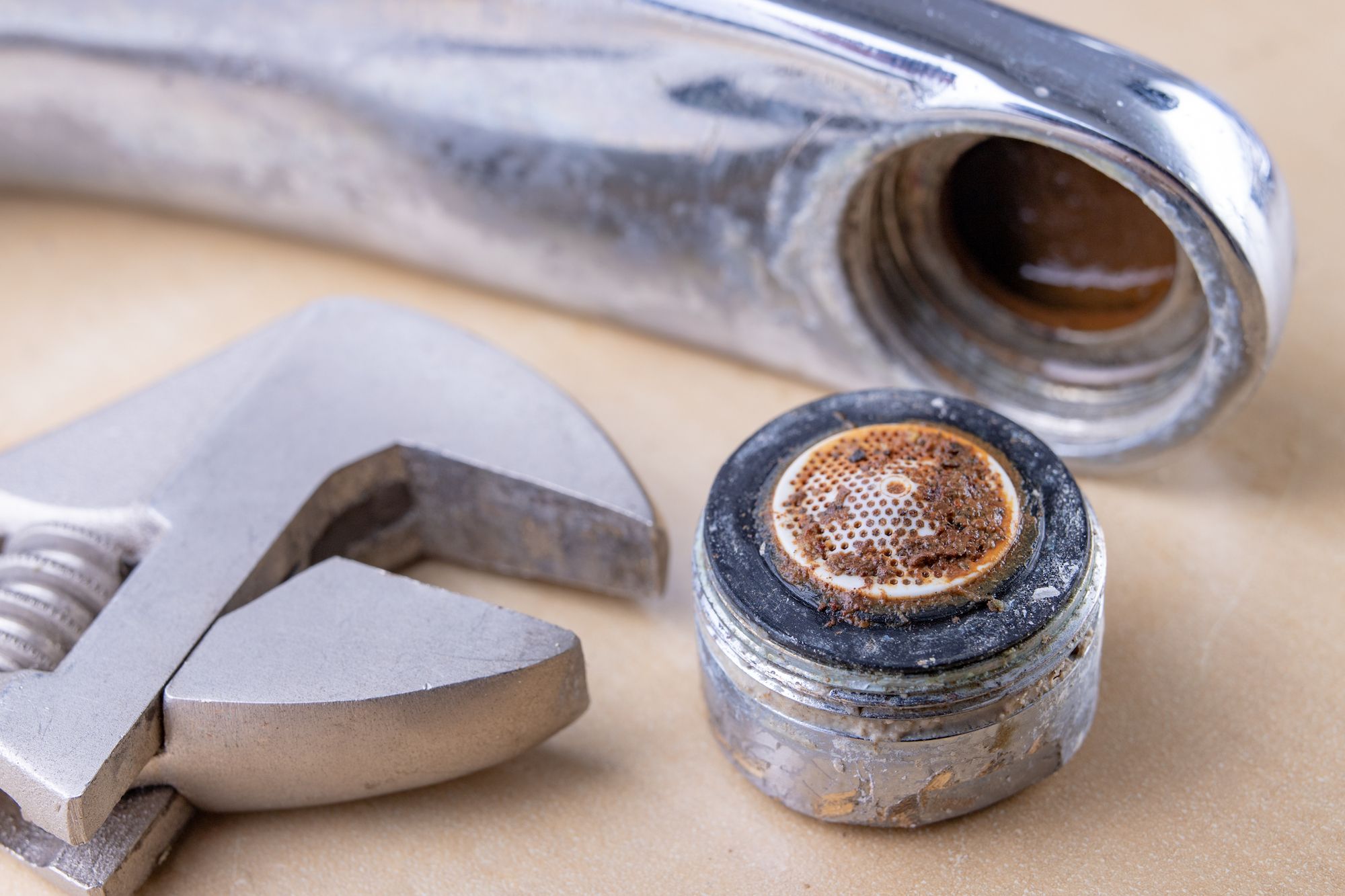
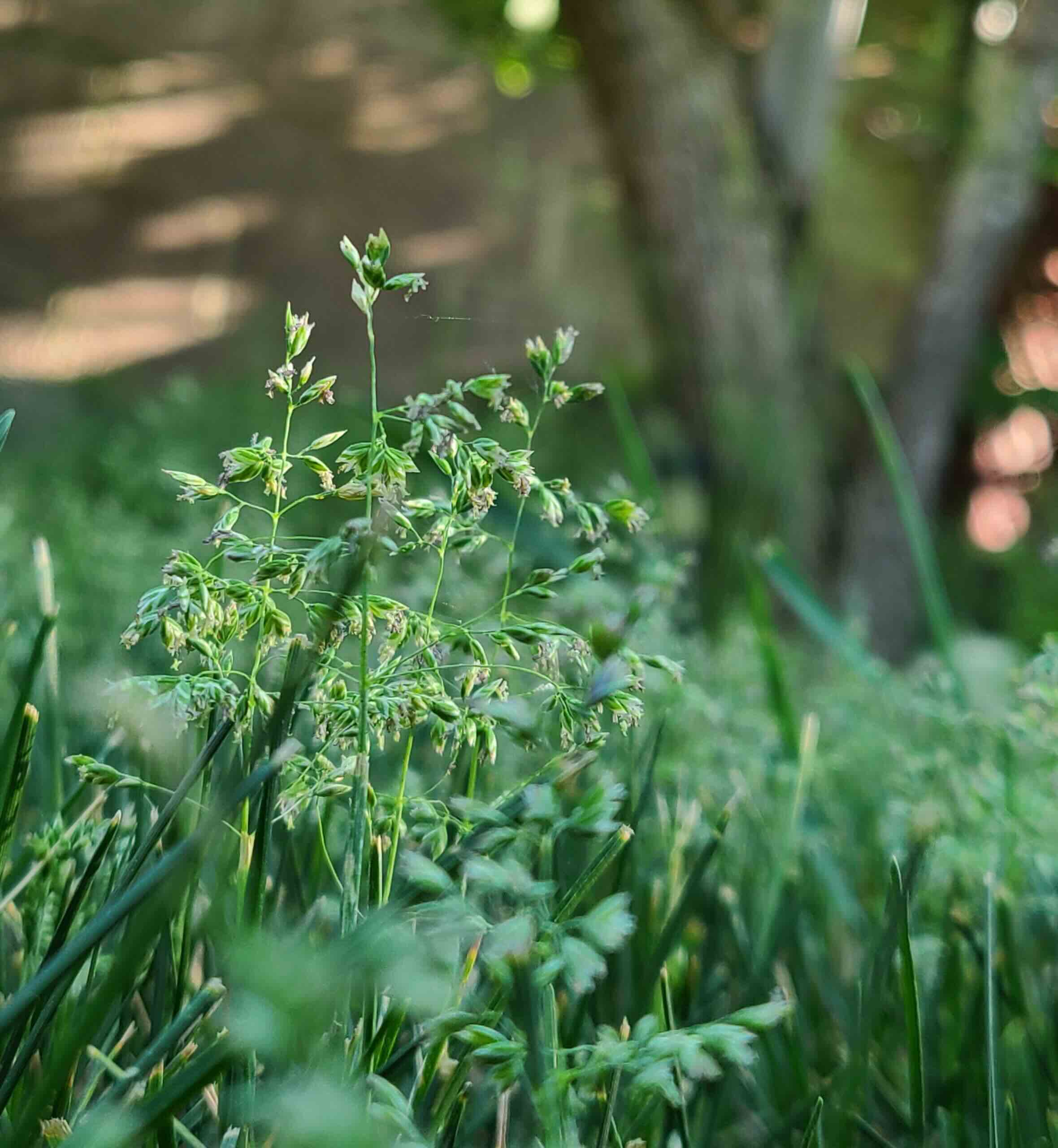
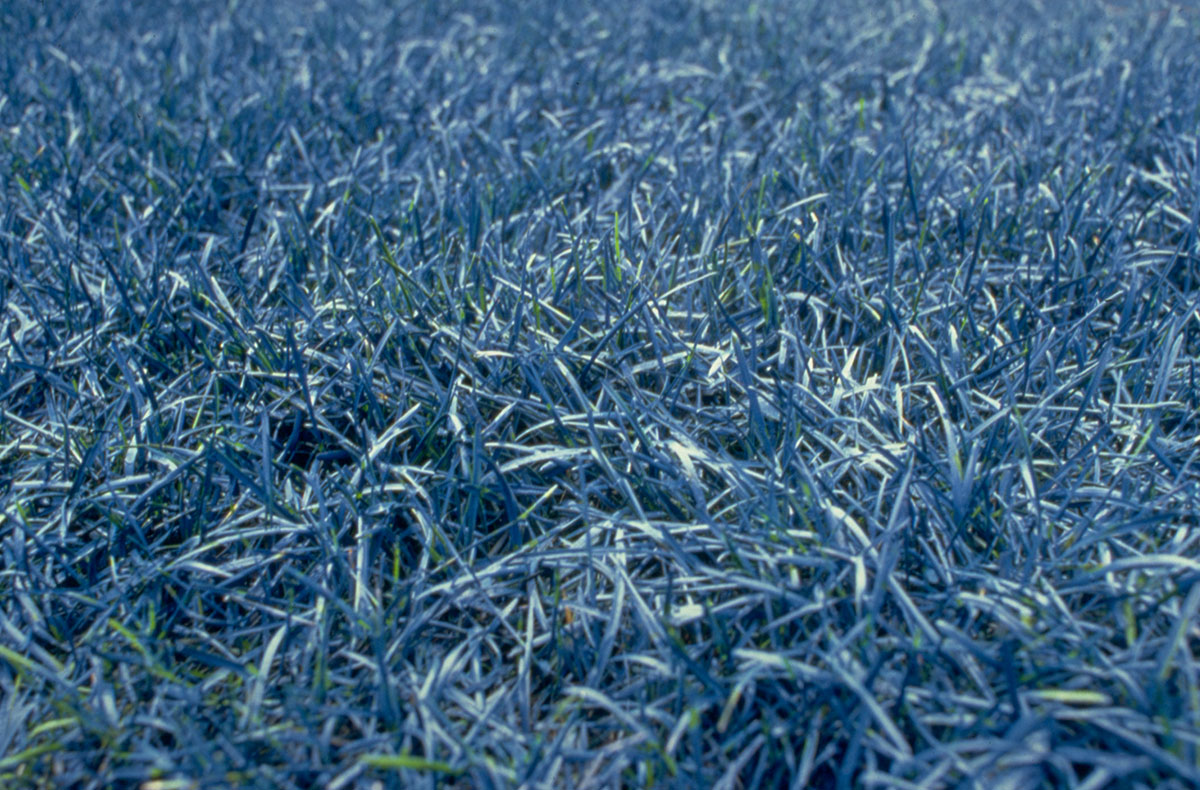


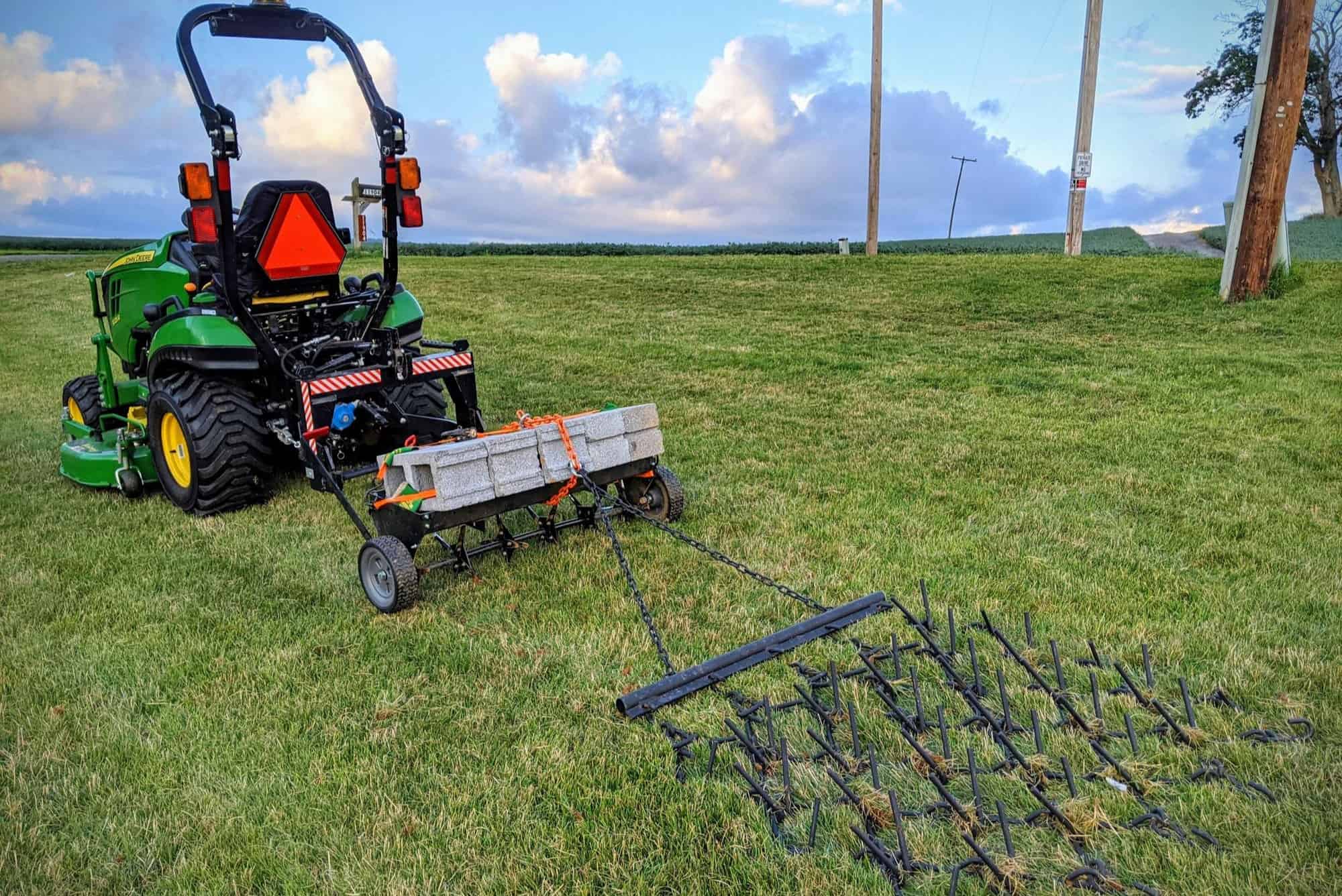

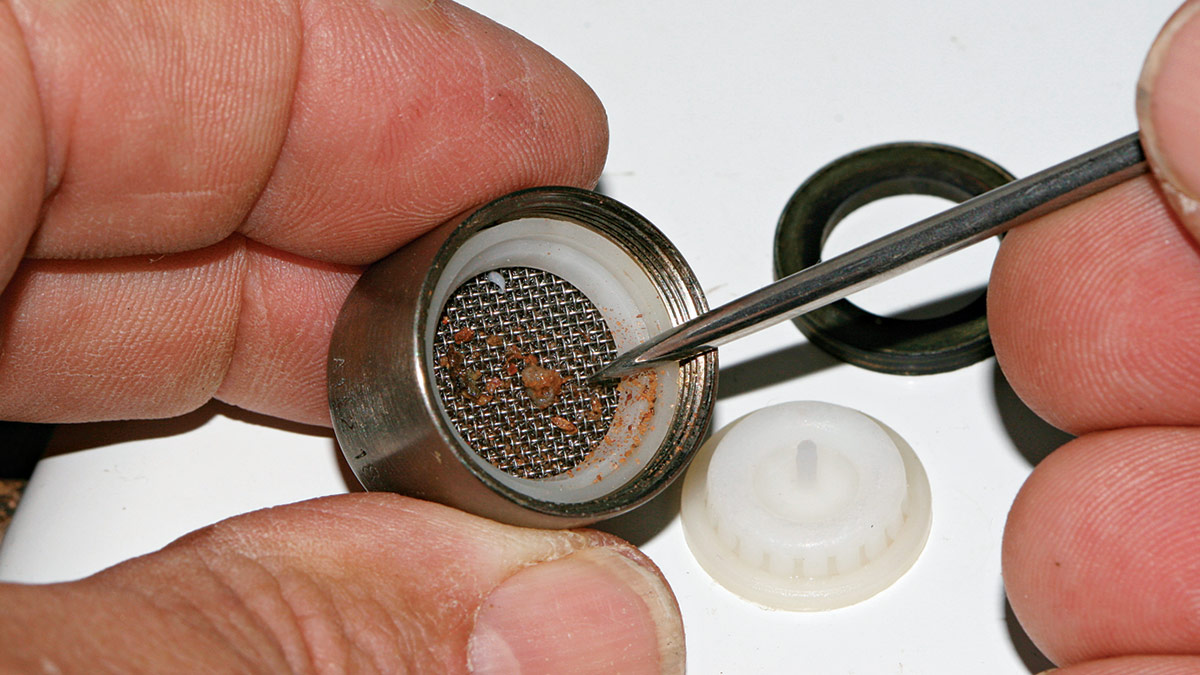

0 thoughts on “Why Aerate Grass”